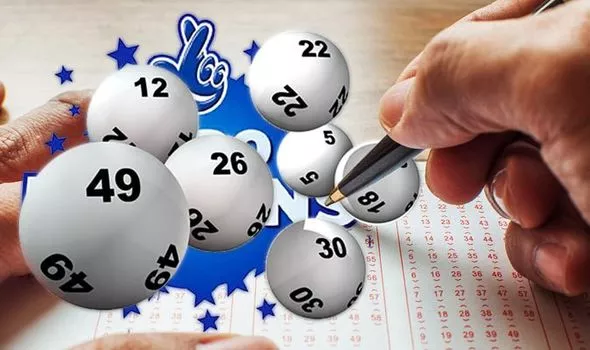Lotteries have long captured the imagination of people worldwide. The allure of a life-changing jackpot, the thrill of anticipation as the numbers are drawn, and the dreams of what could be—all contribute to the enduring popularity of lotteries. But beyond the surface excitement lies a fascinating realm of mathematics, probability, and psychology. In this blog, we’ll delve into the anatomy of a Bandar Togel draw, uncovering the mechanisms that govern these games of chance.
The Basics: How Lotteries Work
At its core, a lottery is a form of gambling where players purchase tickets and select a set of numbers. These numbers are then drawn at random, and players win prizes based on how many of their chosen numbers match the drawn numbers. The more numbers matched, the higher the prize.
Probability at Play
Understanding the probability behind lottery draws is crucial for any player seeking to improve their chances of winning. Let’s break it down:
- Number Selection: The probability of winning largely depends on the number of possible combinations and the number of tickets sold. With more tickets sold, the odds of winning decrease.
- Matching Numbers: The probability of matching all numbers on a lottery ticket (typically six numbers in popular lotteries) is exceptionally low due to the large pool of possible combinations. However, smaller prizes can be won by matching fewer numbers.
- Randomness: Lottery draws are designed to be random, with each number having an equal chance of being selected. This randomness is typically achieved through methods like drawing numbered balls from a machine or using random number generators.
The Psychology of Lotteries
Lotteries are not just about probability; they also tap into the psychology of players:
- Hope and Optimism: Lotteries offer a glimmer of hope, even in the face of overwhelming odds. The mere act of buying a ticket can bring a sense of optimism and excitement about the possibility of winning.
- Escapism: For many, playing the lottery represents a form of escapism—a chance to momentarily indulge in fantasies of wealth and success.
- Social Influence: Peer pressure and social norms can also influence lottery participation. People may feel compelled to join office pools or buy tickets when jackpots reach staggering amounts.
Criticisms and Controversies
Despite their popularity, lotteries have faced criticism on several fronts:
- Regressive Taxation: Some view lotteries as a form of regressive taxation, disproportionately affecting lower-income individuals who spend a higher percentage of their income on tickets.
- Addiction and Gambling Problems: For a small percentage of players, lottery participation can escalate into compulsive gambling behavior, leading to financial hardship and personal distress.
- False Hope: Critics argue that lotteries perpetuate false hope and exploit the dreams of vulnerable individuals, offering slim chances of winning while promoting unrealistic expectations.
Conclusion
Lotteries are a fascinating intersection of mathematics, psychology, and economics. While the odds of winning may be slim, the allure of a jackpot continues to captivate millions around the world. Understanding the mechanics behind lottery draws can help individuals make informed decisions about their participation while appreciating the complex dynamics at play.
